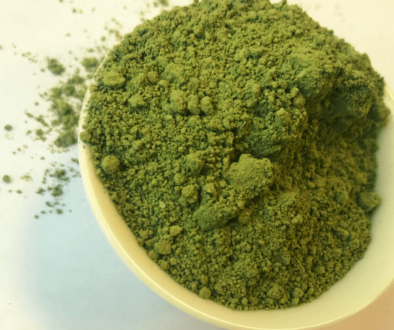Matcha History and Preparation
Matcha History: Matcha has experienced a 21st century boom in popularity unmatched by any other brew. It is drank as an energy-boosting tea, added to protein shakes and chocolates, and was even recently classified as a superfood. Despite the relative recency of matcha’s commercial success, the practice of brewing finely-powdered green teas goes back thousands of years to the Tang Dynasty in 7th-10th century China.
Early Chinese History of Matcha
Beginning in 7th century China, tea merchants would form tea leaves into bricks which made transporting and trading them much easier. In order to do so, they would roast their green tea leaves then pulverize them into a fine powder. This practice carried over into the Song Dynasty, which ruled China from the 10th-13th century.
Early Japanese History of Matcha
The Song Dynasty marked the first time that Japanese scholars began to travel to China to study Buddhism. There they tried and grew fond of the powdered green teas. Upon finishing their studies they returned to Japan, bringing with them tea seeds and the knowledge of how to brew the leaves.
Initially, the practice was confined to Buddhist temples, where Japanese monks found that planting the seeds under the shade of the temples maximized the healing powers of matcha. As generations of monks learned this practice, they developed a ritual that tied the healing aspects of the tea with their Buddhist faith.
The Ritual of Matcha through History
The ritual of matcha was first conceived by 16th century Japanese Zen students. These students took a previously established tea ritual and created a new ceremony which was to be performed throughout the cultivation and consumption of matcha tea. The popularization of this “Japanese Tea Ceremony” was credited to Zen Master Sen-no-Rikyu, who formed the four basic principles of the ceremony:
– Harmony (wa)
– Respect (kei)
– Purity (sei)
– Tranquility (jaku)
The ceremony much more than the consumption of matcha. Japanese Buddhists believe that preparing and pouring a bowl of matcha tea should come from the heart. The aesthetics of cultivation and the respect shown to guests at one’s table is the backbone of this highly religious event. If you are interested in participating in the storied tradition of preparing and enjoying a cup of tea, check out Free Your Tea’s personalized tea subscriptions!




